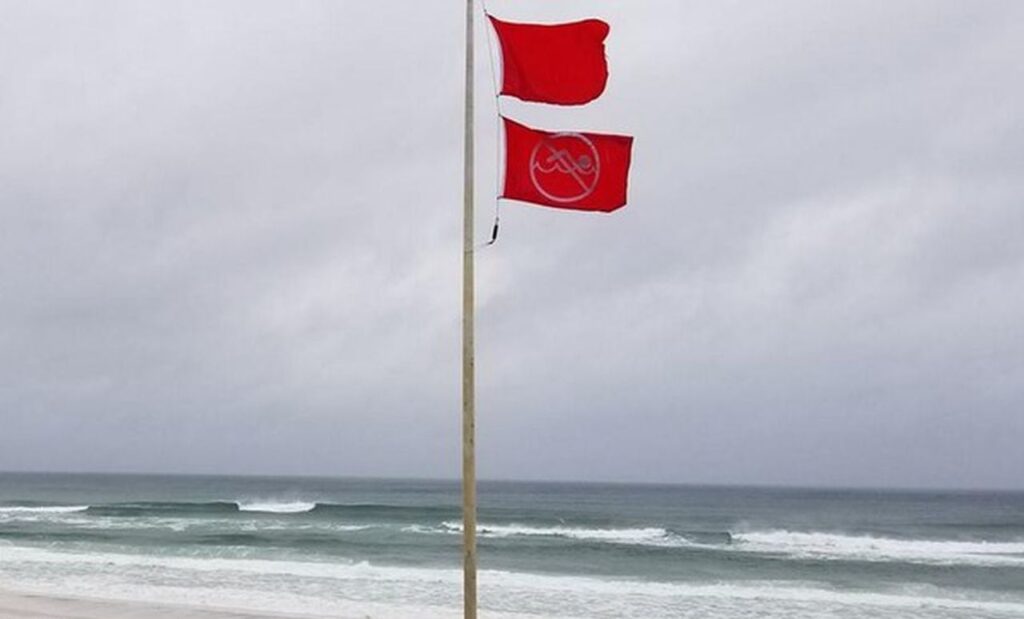Beach Warning Flags
It Feels Like Home!

Understanding Beach Warning Flags: Your Guide to Beach Safety.
Spending a day at the beach can be a relaxing and enjoyable experience, but it’s essential to prioritize safety, especially when it comes to water conditions. One crucial aspect of beach safety is understanding the meaning behind beach warning flags. These flags are used to communicate potential hazards and water conditions to beachgoers, helping them make informed decisions to stay safe. Here’s everything you need to know about beach warning flags:
1. Green Flag:
- Meaning: A green flag indicates that conditions are generally safe for swimming. It signals calm waters and low hazards, making it suitable for all ages and skill levels.
- Safety Tips: While swimming under a green flag is considered safe, always exercise caution and be aware of your surroundings. Watch for sudden changes in weather or water conditions.
2. Yellow Flag:
- Meaning: A yellow flag signifies moderate surf conditions and potential hazards such as strong currents or elevated wave activity. It advises beachgoers to exercise caution when entering the water.
- Safety Tips: If you see a yellow flag, swim near a lifeguard station, and avoid areas with strong currents or rip currents. Stay within your depth and be mindful of changing tide conditions.
3. Red Flag:
- Meaning: A red flag indicates high surf conditions and strong currents, posing significant risks to swimmers. It advises beachgoers to avoid entering the water altogether.
- Safety Tips: Heed the warnings of a red flag and refrain from swimming or participating in water activities. Even experienced swimmers should exercise extreme caution under red flag conditions.
4. Double Red Flag:
- Meaning: A double red flag is the most serious warning and indicates that the water is closed to the public. It is typically used during severe weather conditions or when there is an imminent threat to safety, such as strong rip currents or hazardous marine life.
- Safety Tips: Do not enter the water under any circumstances when double red flags are flying. Follow the instructions of lifeguards and beach authorities and seek shelter until conditions improve.
5. Purple Flag:
- Meaning: A purple flag is less common but may be used to warn beachgoers of potentially dangerous marine life, such as jellyfish, stingrays, or sharks, in the area.
- Safety Tips: Exercise caution and heed any additional warnings or advisories related to marine life. Avoid swimming near fishing piers or areas where bait is present, as these can attract marine animals.
6. Check for Local Variations:
- Beach warning flag systems may vary by location, so it’s essential to familiarize yourself with the specific meanings and colors used at the beach you’re visiting. Look for signage or ask lifeguards for guidance if you’re unsure.
Understanding beach warning flags is crucial for staying safe while enjoying the ocean. By paying attention to these signals and following safety guidelines, you can reduce the risk of accidents and ensure a fun and memorable beach experience for yourself and your loved ones.
